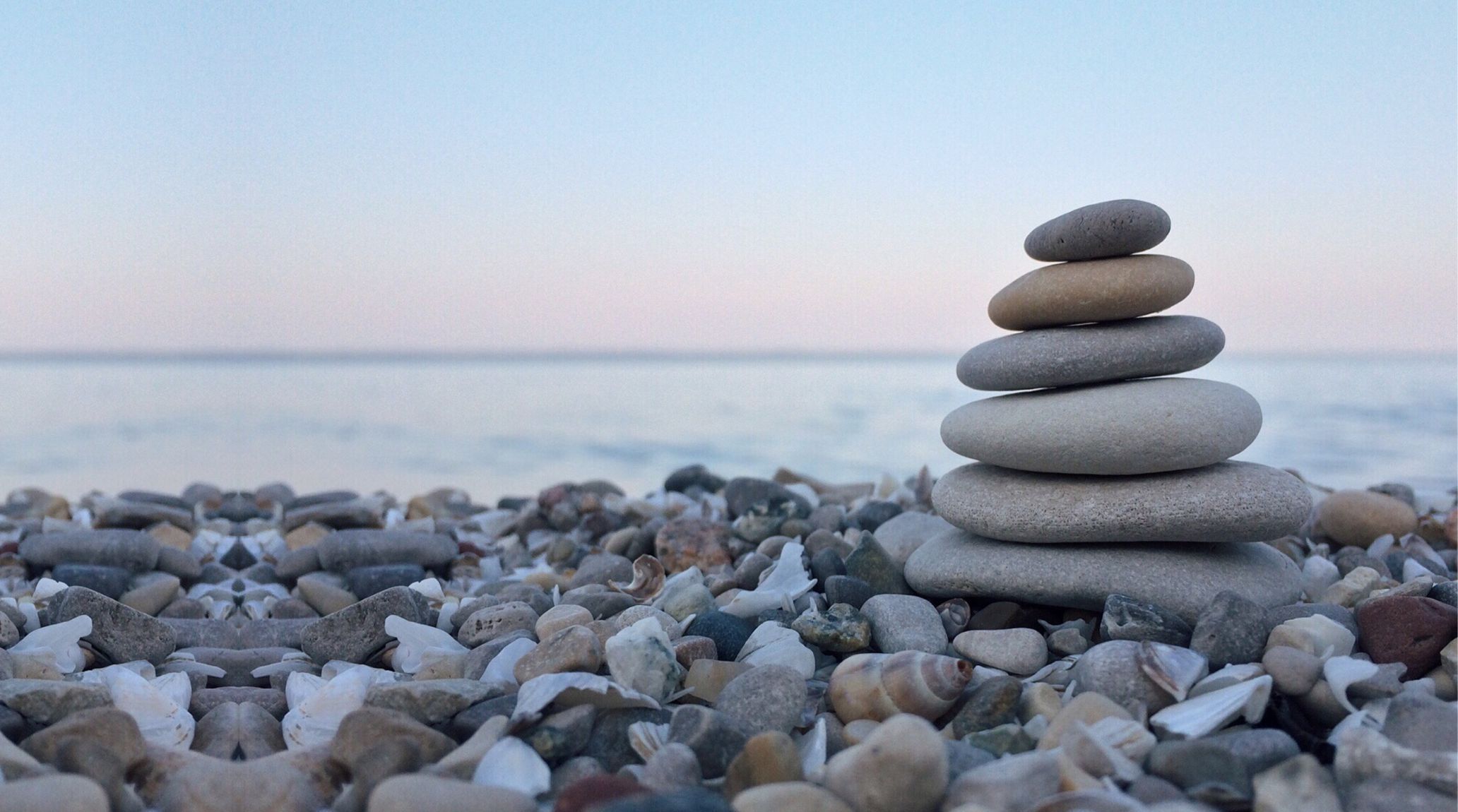
“
Rocks are more than just simple geological formations; they tell a story of Earth's history and dynamic processes. In our exploration of "20 Interesting Facts About Rocks," we delve into the fascinating world of geology to uncover these natural wonders' secrets. This journey into "Interesting Facts About Rocks" will reveal surprising details about how rocks contribute to our understanding of Earth's past, present, and future. Join us in discovering the marvels beneath our feet.1
1
”
Rocks come in three types: Igneous, Sedimentary, and Metamorphic. Each forms through unique processes, contributing to their varied characteristics. Understanding these types reveals the diversity of rocks and their roles in Earth's geology. 1
Rocks consist of various minerals, leading to their diverse forms. Common minerals include calcite, quartz, olivine, and mica. These naturally formed minerals give rocks their unique characteristics and variations. 2
Igneous rocks form from molten magma that cools and solidifies. If magma cools beneath the surface, it becomes plutonic rock; if above, it becomes volcanic rock. Slate and pumice are examples of igneous rocks. 3
Sedimentary rock forms from layers of sand, mud, and small stones. Over time, older layers compact as new ones build up on top. Examples include chalk, sandstone, shale, and limestone, each with distinct characteristics.4
Metamorphic rocks form from existing rocks exposed to high pressure and heat, often from Earth's movements. This process creates new rock types. Slate and marble are vital examples illustrating this transformation. 5
Space rocks, known as meteorites, occasionally land on Earth, though they often fall into the sea. A shooting star is a fragment of space rock entering the atmosphere, creating a visible streak as it burns up. 6
Ores are rocks containing valuable metals like gold and silver. These rocks are specifically mined for their metal content, which can be extracted and refined for various uses. They play a crucial role in the mining industry. 7
Rocks and minerals are used in everyday items like soap, toothpaste, makeup, and batteries. These natural resources are crucial to the functionality and composition of many everyday products. 8

The oldest known igneous rock is a 4.565-billion-year-old meteorite, Erg Chech 002, discovered in southwest Algeria in May 2020. This achondrite, slightly older than Earth, may offer insights into early Solar System conditions.
Rocks have been utilized for millions of years, starting with early humans who crafted tools and weapons. They remain essential in constructing modern structures, including houses, cars, and planes.9
On December 6, 2000, the Coronation Rock Company in Blackpool, Lancashire, UK, made the world's most enormous stick of rock, weighing 424.5 kg (935 lb 13 oz). This impressive feat set a record in the confectionery industry. 10
Pumice is the lightest common rock, characterized by its volcanic origins and abundant air bubbles. Its porous structure makes it so light that it can float on water, setting it apart from other rocks in buoyancy and texture. 11
Some rocks can grow over time, such as those containing minerals like gypsum. These minerals form large crystal structures that can expand gradually, increasing the rock's size over long periods. 12
Some rocks, particularly sedimentary ones, contain fossils—preserved remains of ancient plants, animals, or organisms. These fossils are embedded in layers of sediment that have compacted over time. 13
Samples of bedrock from the Nuvvuagittuq greenstone belt, located on the eastern shore of Hudson Bay in Canada, have been dated to approximately 4.28 billion years old, revealing some of the oldest rock formations on Earth. 14

Sedimentary rocks have been discovered on Mars as well. These rocks, formed from layers of sediment similar to those on Earth, suggest that Mars once had conditions suitable for sedimentary processes.
The study of rocks falls under geology, and experts specializing in this area are known as geologists. They analyze rocks to understand Earth's history, processes, and structure. 15
Many kitchen countertops are made from granite, an igneous rock valued for durability and striking patterns. So, while cooking, you might be using a surface that's not just functional but also a piece of Earth's geological history. 16
About 95% of Earth's crust consists of igneous and metamorphic rocks, while sedimentary rocks make up the remaining 5%. This composition highlights the dominance of these rock types in shaping the planet's outer layer. 17
Some rocks exhibit fluorescence, glowing under ultraviolet light due to specific minerals. This fascinating phenomenon creates a striking display in the dark, showcasing vibrant colors that reveal the hidden beauty of these minerals. 18


